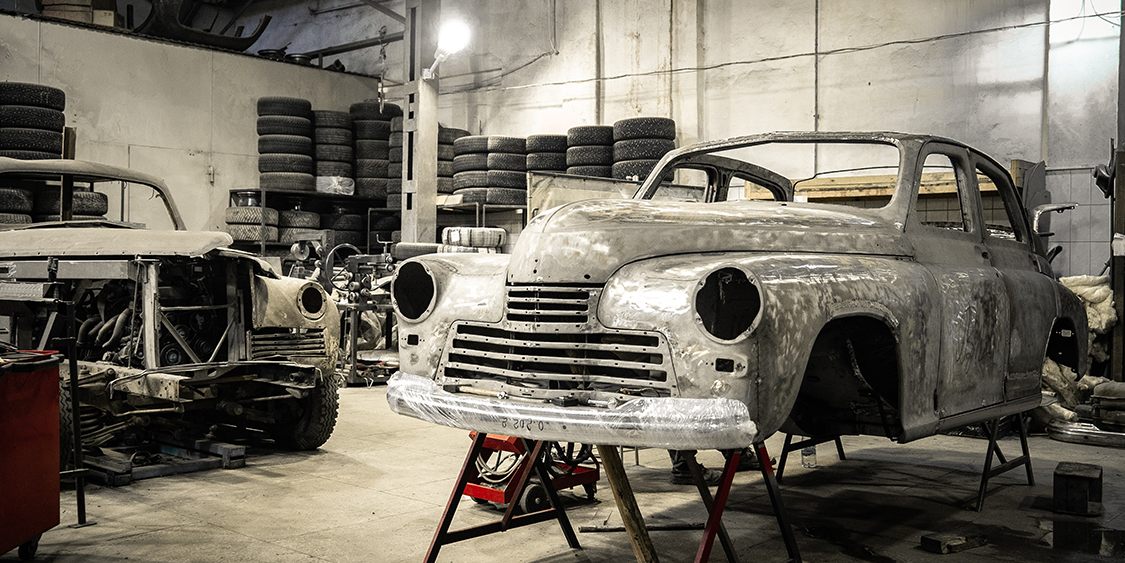
These establishments are often at the centre of a community, offering customers the fuel they need for their next journey on the road and a variety of everyday essentials—including food, medications and toiletries.
However, managing such an establishment also carries constant challenges. After all, owners must deliver exceptional service, maintain a loyal customer base and promote a safe work environment.
This guide gives your business the opportunity to review risk categories specific to your operations and take action to address those risks:
Office Safety:
- Do not work on a computer or work with other office machinery with wet hands or while standing on wet surfaces.
- Never use carbon tetrachloride for typewriter cleaning.
- Do not stand on a swivel chair.
- Do not raise the seats on swivel chairs beyond the point where your feet can touch the floor.
- Do not compact material in the wastebasket with your hands or your feet.
- Do not use cardboard boxes as waste receptacles
- Do not leave file drawers open; always use the handles to close them.
- Do not stack file cabinets on top of one another.
- Open one file cabinet drawer at a time.
- Put heavy files in the bottom drawers of file cabinets.
Storeroom/Stockroom:
- Stack heavy or bulky storage containers on middle and lower shelves of the storage rack.
- Do not stack boxes, cases or packages of product above the number or height recommended by the supplier. Check with your manager if you are unsure.
- Do not use razorblades, screwdrivers or knives that were not supplied by the company to open boxes or cases.
- Do not lift slippery or wet objects; use a hand truck or wear proper non-slip gloves.
- Follow the safe handling instructions listed on the label of the container or listed on the corresponding SDS when handling each chemical stored in the stockroom.
- Do not smoke while handling flammable chemicals or materials.
- Do not store flammable, or potentially flammable, chemicals near sources of ignition.
- Do not handle or load any containers of chemicals if their containers are cracked or leaking.
- Obey all safety and danger signs posted in the workplace.
Loading Docks:
- Keep forklifts clear of the dock edge while vehicles are backing up to the dock.
- Do not begin loading or unloading until the supply truck has come to a complete stop, the engine has been turned off, the dock lock has been engaged (if one is being used) and the wheels have been chocked.
- Do not drive the forklift into the truck until the bridge or dock plate has been attached.
- Do not drive the forklift into a truck bed or onto a trailer that has soft/loose decking or other unstable flooring.
- Drive straight across the bridge plates when entering or exiting the trailer.
- Use dock lights or headlights when working in a dark trailer.
Warehouse Safety:
- When stocking shelves by hand, position the materials to be shelved slightly in front of you so you do not have to twist when lifting and stacking materials.
- Visually inspect for sharp objects or other hazards before reaching into garbage cans, boxes, bags or sinks.
- Remove or bend nails and staples from crates before unpacking them.
- When cutting shrink wrap with a blade, always cut away from yourself and your co-workers.
- Do not try to kick objects out of pathways. Push or carry them out of the way.
- Do not let items overhang from shelves into walkways.
- Move slowly when approaching blind corners.
- Place heavier loads on the lower or middle shelves.
- Remove one object at a time from shelves.
- Place items on shelves so that they lie flat and do not wobble.
Find Out More:
This list is not exhaustive, and assessing your company’s exposures and taking the appropriate precautions can go a long way toward protecting your service industry business.
Download our “Service Industry Employee Safety Manual” guide for an in-depth list of more ways to minimize gaps in your risk management:


